The Black Panther, a creature that stirs fascination and mystery, often brings to mind images of stealth and majesty. However, much of what is believed about these enigmatic animals is shrouded in misconception. This article aims to demystify the Black Panther, weaving through myths and presenting the fascinating truths behind this mesmering creature.
Identifying the Black Panther
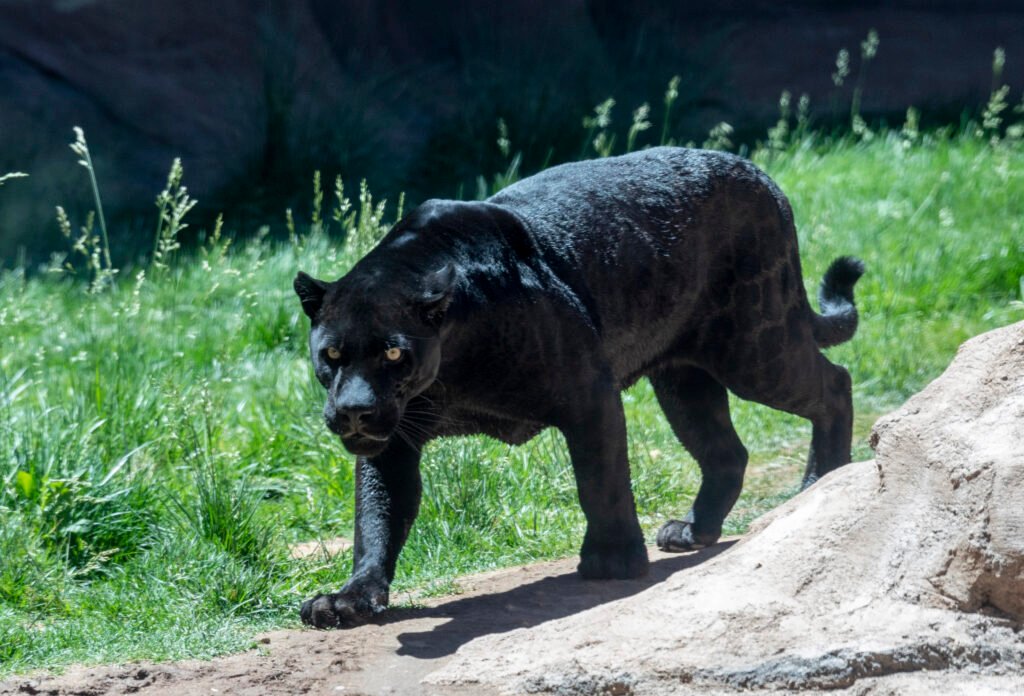
Despite popular belief, the term “Black Panther” does not refer to a specific species of wild cat. Rather, it describes melanistic (darkly pigmented) individuals belonging to two species: jaguars and leopards. These animals have a mysterious appeal due to their sleek black coats, which result from a genetic mutation increasing melanin—the pigment responsible for producing black coloration.
Myth and Reality of Melanism
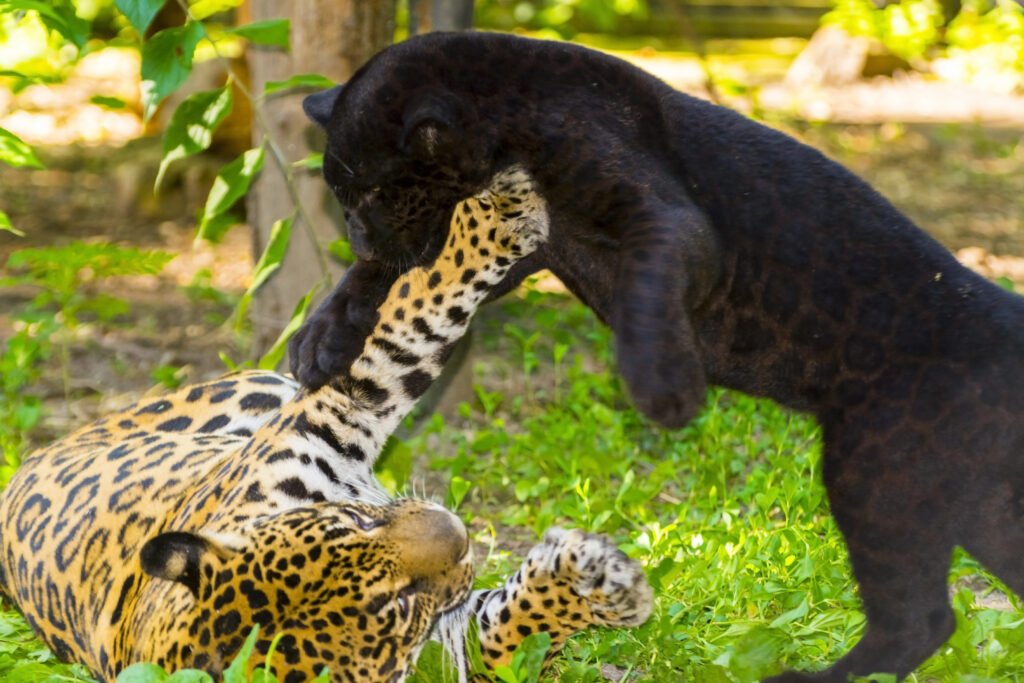
Melanism is often surrounded by myths, suggesting that it grants superpowers or heightened abilities to the animals. In reality, melanism has practical benefits, such as enhanced camouflage, enabling these animals to become successful nocturnal hunters. These genetic variations suggest adaptability and evolutionary advantage, contrary to mythical narratives.
Habitat and Distribution
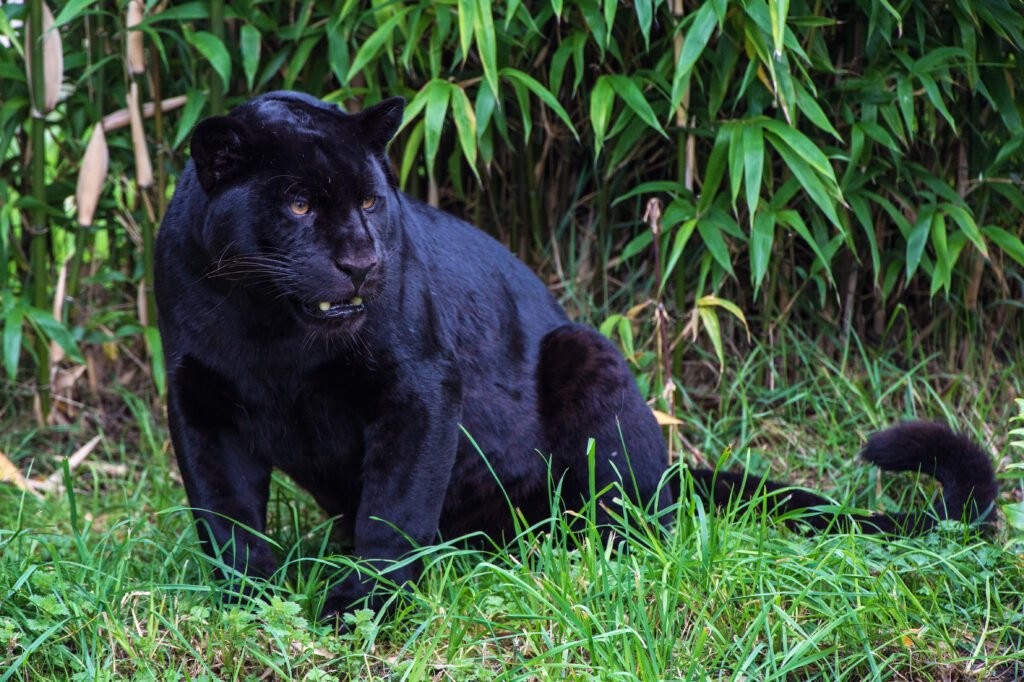
Black Panthers are most commonly found in tropical forests, where their dark fur provides the perfect camouflage for stalking prey. Leopards are mainly located in Africa and parts of Asia, while jaguars reside primarily in Central and South America. Their habitats range from dense forests to swamplands, depending on the specific needs of their species and region.
The Art of Adaptation
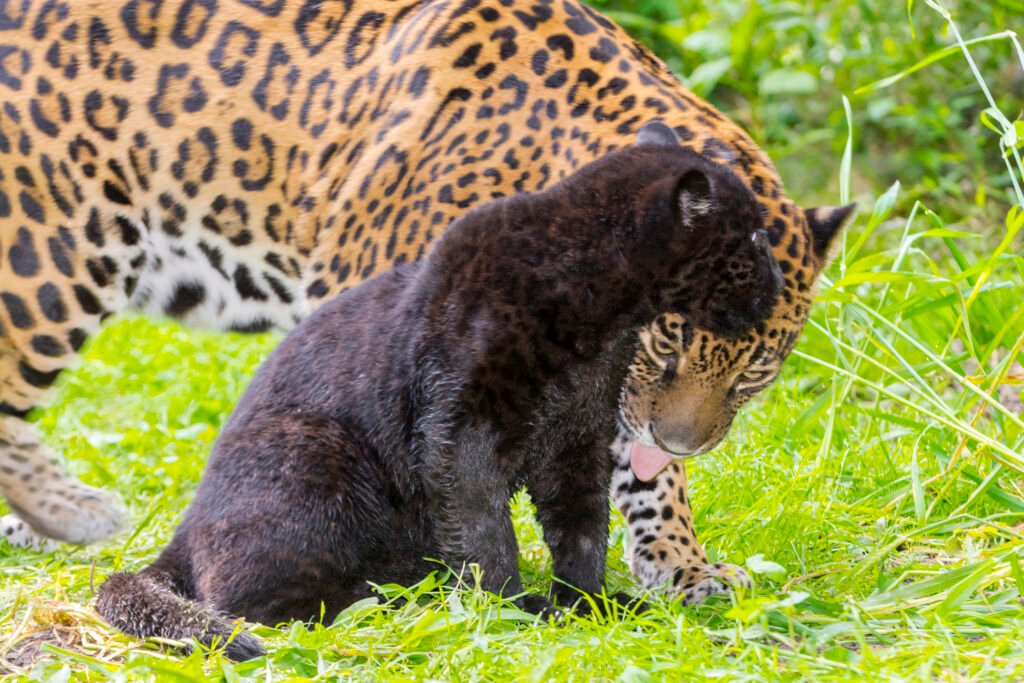
Black Panthers showcase remarkable adaptability. Their territories cover varied terrains, and they are known for their ability to thrive in several ecological niches. This adaptability makes them incredibly exceptional in the wild, having honed skills for stealth and survival across diverse landscapes.
Feeding and Hunting Techniques
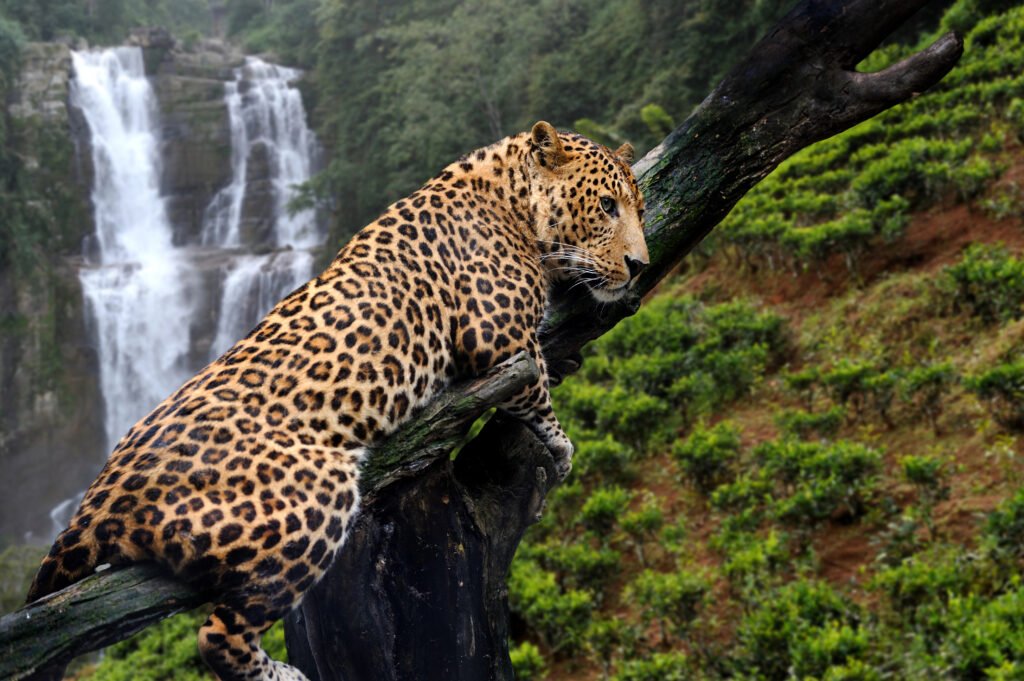
Black Panthers are apex predators, excelling in ambush hunting. Their diet includes a variety of prey, such as deer, pigs, and occasionally smaller mammals. Their powerful legs and climbing abilities allow for a wider range of hunting techniques, including nocturnal hunts, where their dark fur provides an added advantage.
The Role in Ecosystems
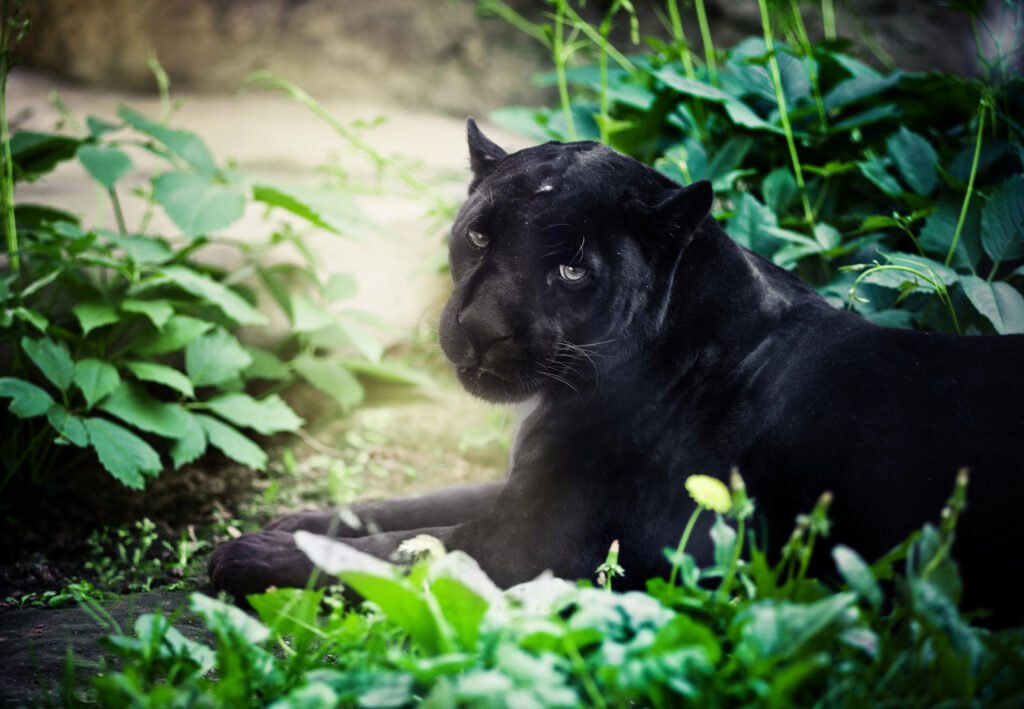
As top predators, Black Panthers play a crucial role in maintaining the health of ecosystems. They help control the population of herbivores, thereby preventing overgrazing and promoting plant growth. This balancing act enhances biodiversity, benefitting various species within their habitats.
Conservation Status and Threats

Black Panthers face several threats, primarily habitat destruction due to human activities, poaching, and conflicts with humans. Conservation efforts are in place across various regions to protect these magnificent animals from extinction. Organizations and governments advocate for preserving their natural habitats and enact laws to curb poaching activities.
Cultural Impact and Representation
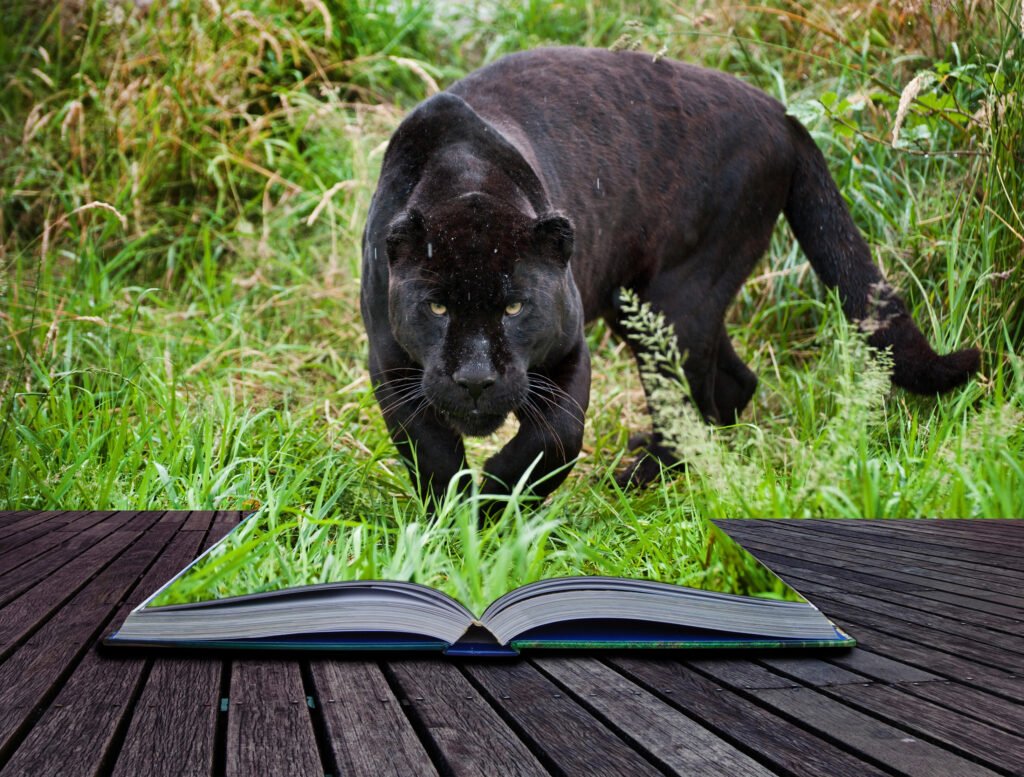
Black Panthers hold a significant place in human culture, symbolizing power, grace, and mystique. These cats have been featured in mythologies, films, and literature, often portrayed as protectors or symbols of stealth. Their representation in culture reflects our fascination with these mysterious creatures and humanity’s broader connection with wild cats.
The Importance of Research and Education
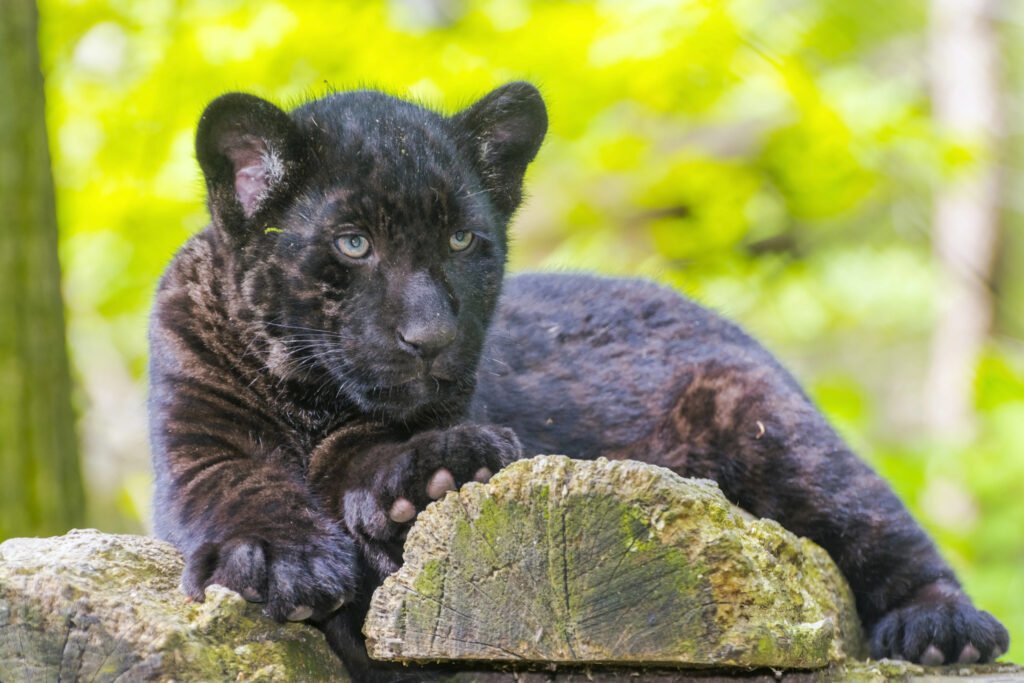
Ongoing research and education about Black Panthers are essential for both conservation efforts and debunking myths. By studying these animals in their natural habitats, scientists can gain insights that aid in protection strategies and promote public understanding of their ecological significance.
Celebrating the Real Black Panther
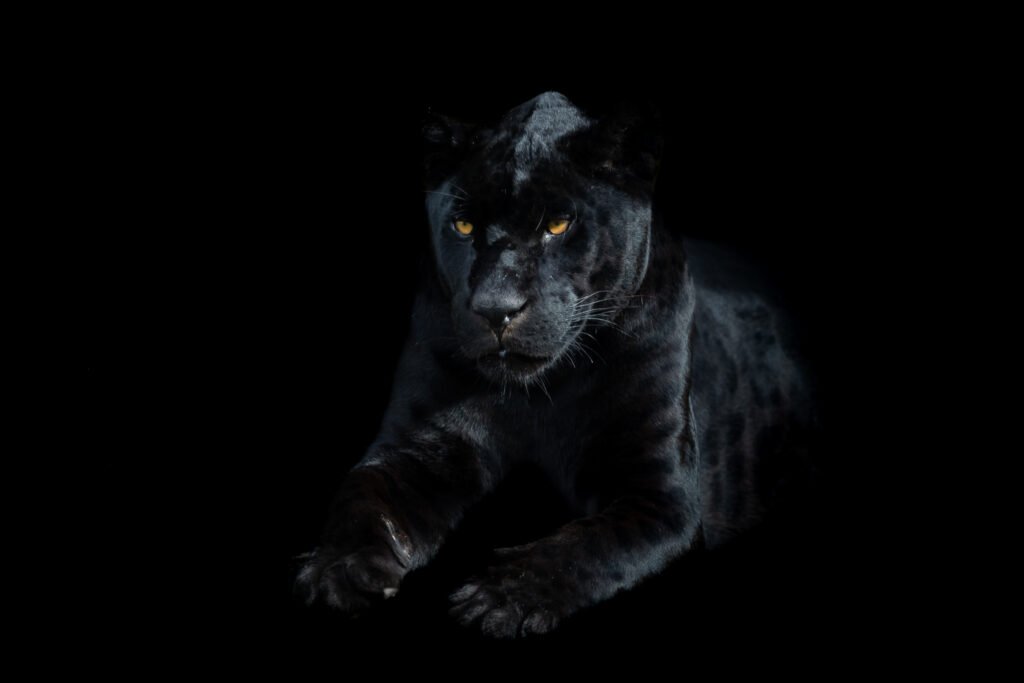
The Black Panther continues to intrigue and inspire, a testament to nature’s ability to surprise and delight. By distinguishing fact from fiction, we can appreciate the real wonders of these creatures, focusing our efforts on protecting and conserving them for future generations to marvel at. These animals remind us of the beauty and complexity of the natural world, inspiring both reverence and responsibility.

Born and bred in South Africa, a Capetonian at heart. Amy-Leigh’s love for nature and animals was inherited from her Dad. He loves taking the family on road trips to experience nature at its finest; Amy-Leigh’s favourite being whale watching in Hermanus and spotting Kudu along the West Coast. Amy-Leigh holds a BA in English Literature and Communication Studies.






